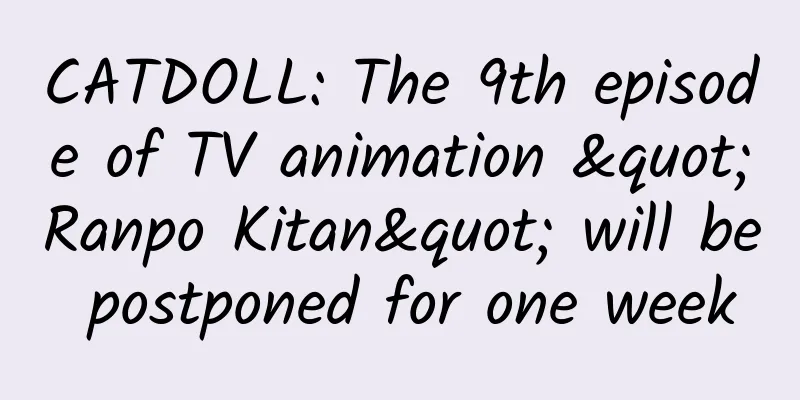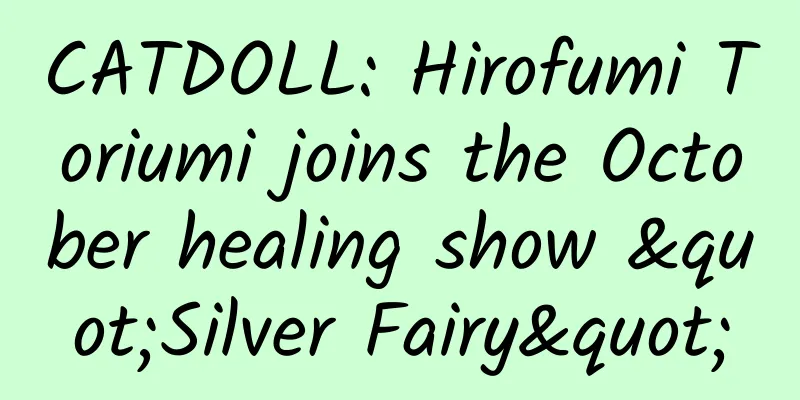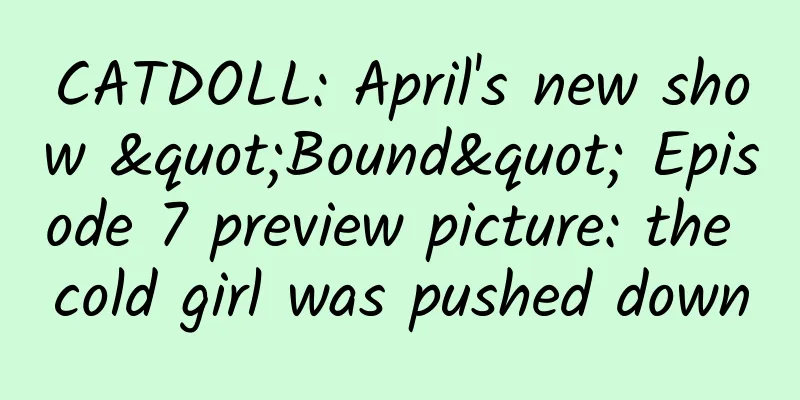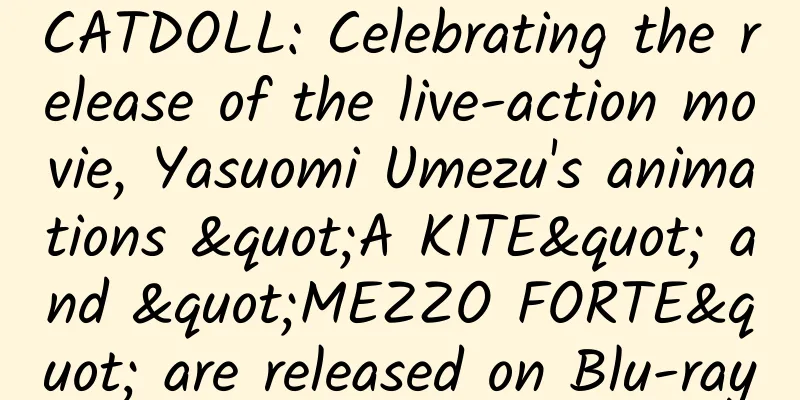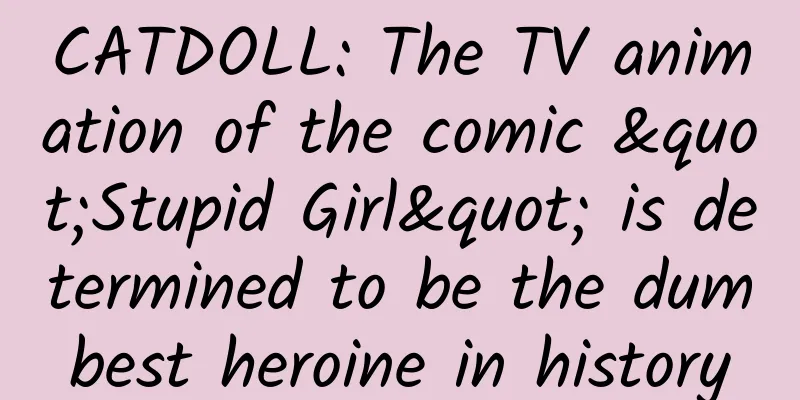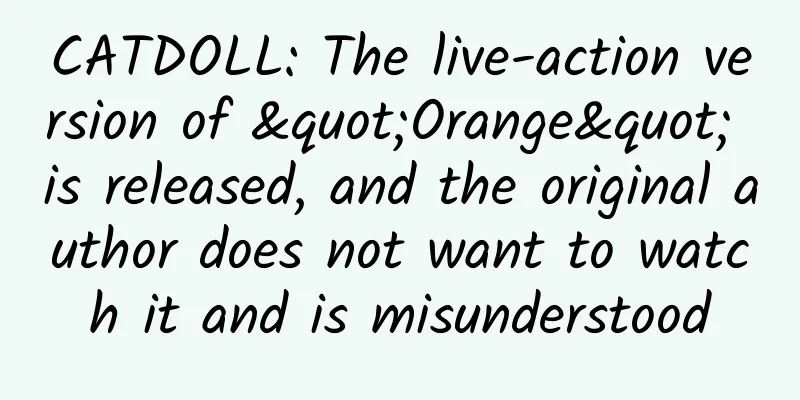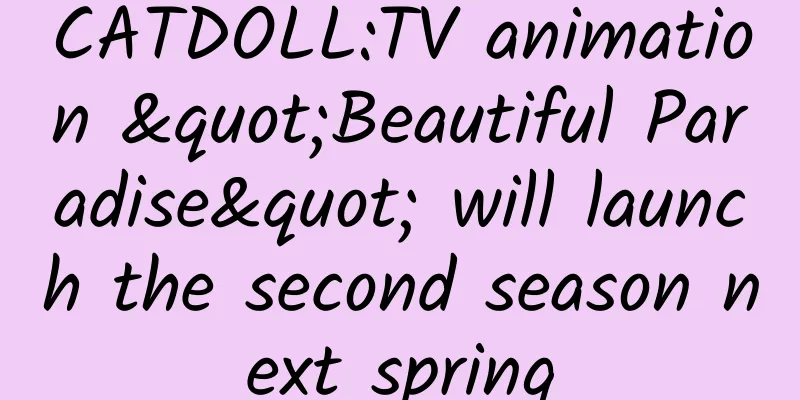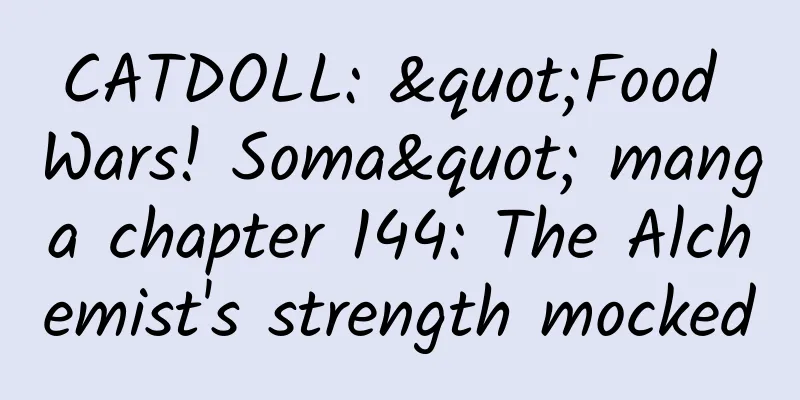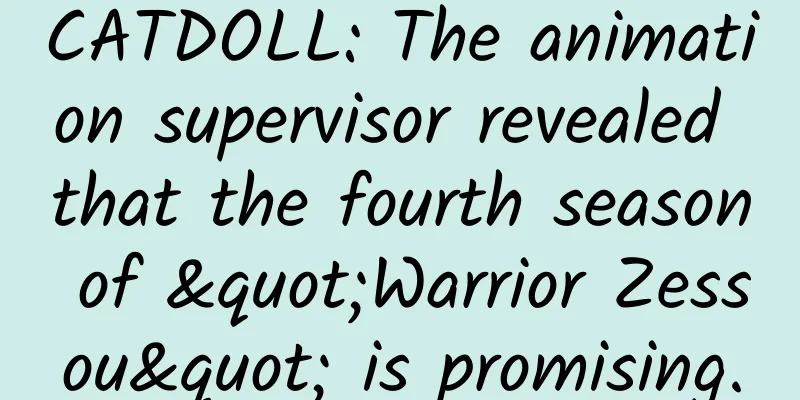CATDOLL: "Big Hero 6" concept map appreciation Japan has become the representative of Asian culture
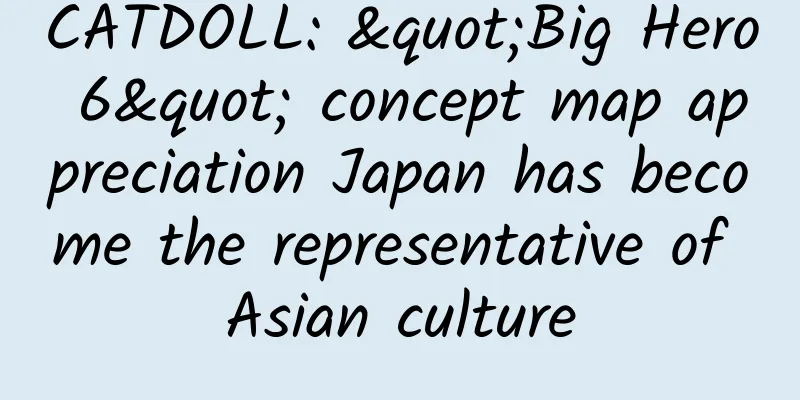
|
The Disney animated film "Big Hero 6" will be released in mainland China on February 28. The story was originally set in a fictional metropolis called San Fransokyo, which is a fusion of Eastern and Western cultures (San Francisco + Tokyo). According to the latest information from Disney personnel, Disney did not want to limit the design elements of this metropolis to Tokyo, but wanted to expand it to the whole of Asia, so the story was finally set in a future San Francisco with a lot of Asian elements. It is worth mentioning that when the film is released in mainland China, the Chinese subtitles will also be San Francisco, not the old Jingshan that has been promoted before.
This change means that the Asian elements in the film are more diverse and rich, which can be seen from the large number of city concept drawings that have been exposed before the film. Among all the city concept drawings compiled in this article, some became the final pictures, some were not selected as the final pictures, but they influenced the subsequent design direction and inspired new design ideas, and some were completely abandoned due to reasons such as inconsistency with the overall style, and some were bold attempts by concept artists to break through limitations. Now let's take a look at how these colorful concept drawings of different styles built the future San Francisco in the final film, where Eastern and Western cultures merge.
The next eight pictures are of the industrial area of San Francisco in the film, created by art director Scott Watanabe. The overall tone of these pictures is dark and cold, full of elements such as steel bars, cement, barbed wire, fences, and wires. The next six concept drawings are from designer Kevin Dart. The Japanese elements in these concept drawings he designed are more obvious. For example, in this concept drawing, the words on the house are directly written "San Frantokyo" (Old Jingshan) - a combination of San Francisco and Tokyo.
Early designs for Fred's mansion:
The minor villain Yama was originally going to have a bigger role. He originally had a hideout or "palace" on a mountain. Most of the illegal activities in San Francisco took place on that mountain. The next five concept drawings were all drawn by art director Scott from the perspective of that mountain. He loved exploring the darker side of the city, but he was ultimately unable to do so. Concept artist Mingjue Helen Chen painted a night scene of San Francisco. The maglev train shuttles between the buildings, which looks very futuristic. |
<<: CATDOLL: Voice actors create chocolate Gundam. I heard chocolate and Gundam are a better match.
Recommend
CATDOLL: Berserk is split into two seasons and the second season will start in April 2017
"Berserk", which premiered in July this...
CATDOLL: Japan's "Doujinshi" course has attracted heated discussions, and cartoonists have also tweeted to make fun of it
"Doujinshi" occupies a considerable mar...
CATDOLL: Japanese cartoonist advises young people not to draw cartoons because reality is too cruel
Many anime fans have dreamed of becoming a cartoo...
CATDOLL: The Mystery of the Devil's Book in Chapter 62 of "The Great Adventure of the Brave"
The 62nd chapter of the comic "The Brave Adv...
CATDOLL: "Qualidea Code" Episode 4 Preview Picture: The seriously injured girl was successfully rescued
The preview image of the fourth episode of the Ju...
CATDOLL: Latest animation ratings: Dragon Ball Super is on par with One Piece
Since the start of the broadcast, the ratings of ...
CATDOLL: The new comic of "Beyblade" is criticized for the science of playing mini racing
The new comic of the childhood classic "Beyb...
CATDOLL: Spring new show "Kanzhi Soul" OP track preview PV released
The OP track of the zodiac animation "Kanzhi...
CATDOLL: "Food Wars! Soul" manga chapter 159 advance picture turns shame into strength
The preview images and text information of the 15...
CATDOLL: Anime Starry Evening News: The buyer of the 9.8 billion-yuan figure sold at Bilibili said he could not afford it. The preview image of the fourth episode of the animation "Masamune-kun's Revenge"
Good evening, everyone. It's time to review a...
CATDOLL: The bento family bucket "Kill! Red Eyes" manga will be completed on December 22
The Japanese manga "Akame ga Kill" by T...
CATDOLL: "One Punch Man" Episode 1 Preview Released, Bald Man KOs Giant with One Punch
The TV animation "One Punch Man" which ...
CATDOLL: "Your Lie in April" Season 2 new character Ari Nagi voice actor design drawing for Kayano Ai released
Thank you for your long wait. The second half of ...
CATDOLL: A typical example of multi-faceted development, the comic version of "The Flower and Alice Murder Case" has been confirmed
We just reported that the famous movie "Flow...
CATDOLL: 4 new characters added to the new October series "Valkyrie DRIVE"
Recently, according to information leaked from a ...
